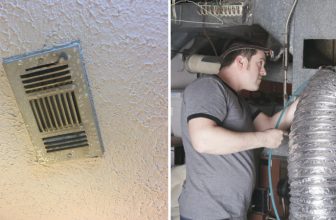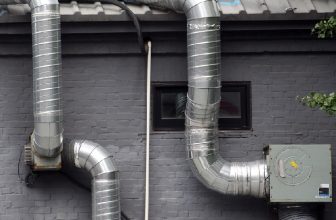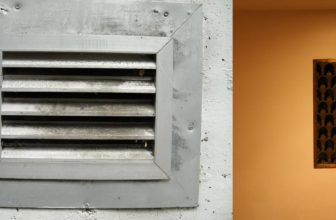How to Check Temperature of Air Coming Out of Vents
It is important to check the air temperature from vents because it affects your comfort level and energy efficiency. If the air from your vents is too hot or too cold, you may be wasting money on heating or cooling costs.
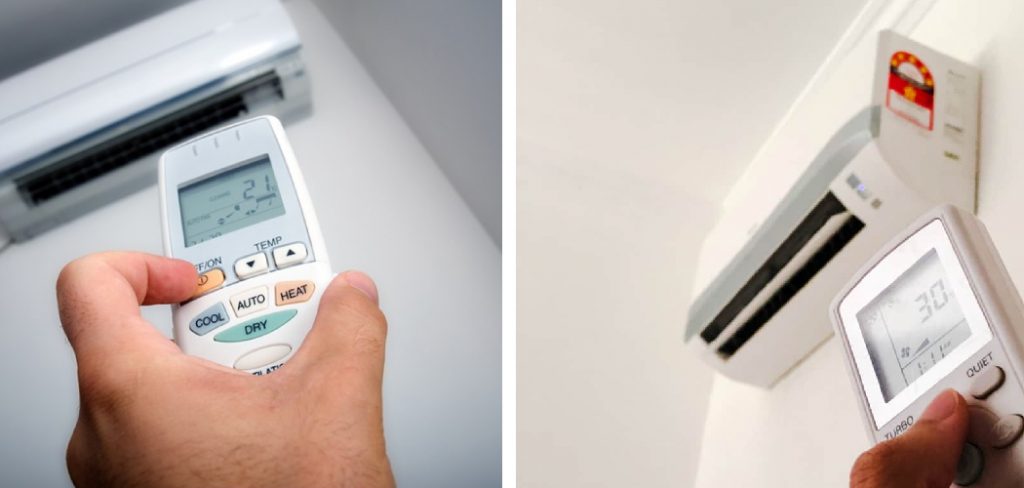
Additionally, if the temperature is not balanced throughout your home, you could experience uneven temperatures in certain areas, resulting in uncomfortable conditions. Knowing how to check air temperature from vents is an important step in creating a comfortable and efficient environment. In this blog post, You will learn in detail how to check temperature of air coming out of vents.
How Often Should You Check the Temperature of the Air Coming Out of Your Vents?
For optimal performance, it is recommended to check the temperature of your air vents at least once a month. It is especially important to check the temperatures during the summer and winter months. If the air from your vents feels too hot or too cold for comfort, then you should immediately look for potential problems with your HVAC system and contact a professional if necessary.
It is also important to be aware of the temperature setting on your thermostat and check it regularly to ensure it is set correctly. If you find that the air coming out of your vents does not match the temperature set on your thermostat, there may be an issue with your HVAC system.
Tools You Will Need
- Thermometer
- Tape measure
- Flashlight
- Pencil/Pen and Paper
- Ladder (for high vents)
- Masking Tape or Painter’s Tape
- Screwdriver
- Vacuum Cleaner with appropriate attachments
- Safety Glasses
- Gloves
Step by Step Processes for How to Check Temperature of Air Coming Out of Vents
Step 1: Inspect Your Air Vents
Before attempting to check the temperature of the air coming out of your vents, you should first inspect them for any build-up of dust or debris. Depending on what type of thermometer you want (digital, infrared, etc.), purchase one that fits your needs and budget.
Step 2: Set Up Your Thermometer
Once you have your thermometer, you must set it up near the vent. A good way to ensure accuracy is to wait a few minutes after turning on the air conditioner or heater before taking a reading. This will allow the temperature to settle and be more accurate when measuring.
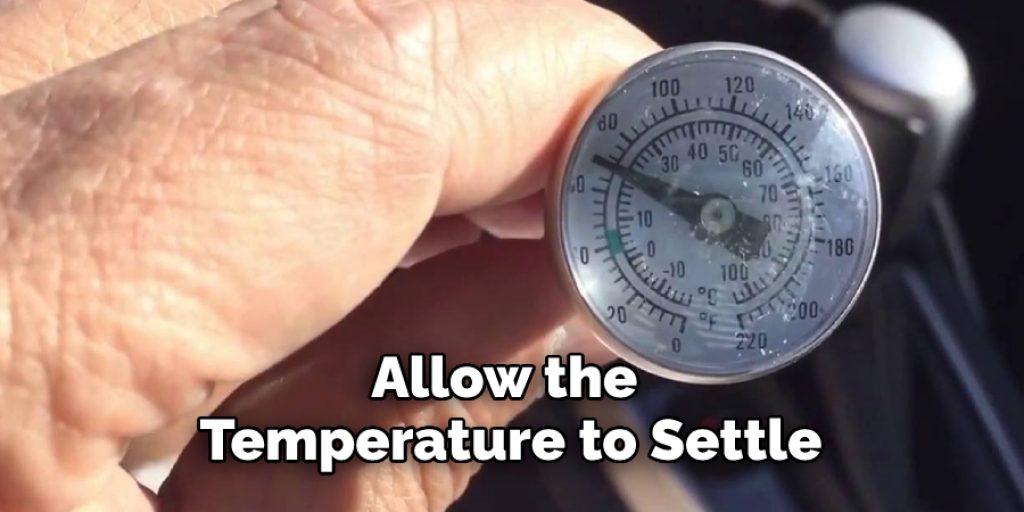
Step 3: Take the Reading and Compare it to the Normal Temperature
Once the temperature has settled, take a reading with your thermometer. The average room temperature is typically around 21 degrees Celsius (70 degrees Fahrenheit). If the air from your vents is more than that, it might be because of a malfunctioning thermostat or air conditioner.
If the temperature is too high, consider adjusting the thermostat settings to lower it. If you have an old-fashioned thermometer, simply turn the knob on the device to make the necessary adjustments. If it’s a digital one, then use the buttons to adjust the temperature as desired.
Step 4: Check for Leaks or Poor Insulation
If the temperature is still too high, check for any air leaks or poor insulation near your vents that might be contributing to the higher readings. Repairing these issues can help lower your energy bills and reduce indoor air pollution from drafts.
Step 5: Clean or Replace Air Filters
Air filters should be changed once every few months, depending on the type of filter you are using and the environment in your home. Dirty air filters can cause ductwork to become clogged, resulting in higher temperatures in your vents.
Step 6: Make Additional Adjustments as Needed
If the temperature is too high, you may need to make additional adjustments. This could mean adding more insulation around the vents or changing your air filters more frequently, so they don’t get clogged up.

To ensure that your vents are working correctly and providing adequate airflow, it’s a good idea to monitor the air temperature from them regularly. This will help you catch any problems early on before they become expensive repairs.
Step 7: Contact a Professional if Necessary
If you continue to experience higher-than-normal temperatures in your vents, or if the temperature isn’t dropping even after you make the necessary adjustments, then it may be time to contact a professional. A professional technician can identify the problem’s source and fix it quickly and efficiently.
By following these steps, you can easily check the temperature of air coming out of your vents and ensure that it’s working correctly.
Tips for How to Check Temperature of Air Coming Out of Vents
- Ensure the vent is free from debris and dirt, which can interfere with accurate temperature readings.
- Wear protective gloves and eye protection when checking air temperature from vents.
- Avoid touching metal or electric components while checking the ventilation system.
- If necessary, use a ladder to help reach higher levels of ventilation.
- Ensure that the equipment used to check the temperature is in good working condition and calibrated properly.
- Check the airflow velocity to ensure it meets standards for safety and efficiency.
- Regularly test air temperature from vents with an infrared thermometer or another suitable instrument to ensure that the vent works properly.
- Make sure to have a qualified technician inspect and repair any ventilation system components as needed to ensure the safety and efficiency of the system.

These tips will help ensure you take the proper precautions when checking air temperature from vents, thus ensuring a safe and efficient environment for everyone.
How Can You Maintain a Consistent Temperature From Your Vents No Matter What Season It is?
- Install a thermostat that is compatible with your vents and the type of air conditioning system you have in your home.
- Set up the thermostat to maintain a consistent temperature in your home, regardless of the season or outside temperature. It should be set to keep yours indoors at around 70 degrees Fahrenheit (21 degrees Celsius).
- Check the air temperature from your vents periodically using an infrared thermometer or other suitable devices. Make sure that it is not higher or lower than what you set on your thermostat.
- If necessary, make adjustments to your thermostat settings and contact a professional for help if the temperature of the air coming out of your vents is inconsistent or does not match what you set on your thermostat.
- Inspect and clean your vents regularly to ensure they are free from dust and debris, as this can cause inconsistencies in the air’s temperature.
- Replace any air filters that may be clogged or damaged, as this can also cause inconsistencies in the air temperature.
- Make sure to turn off your air conditioning system when it is unnecessary to save energy and money.
- If you still have issues maintaining a consistent temperature from your vents, contact a professional for assistance.
Following these steps should help you maintain a consistent temperature from your vents no matter what season it is. Doing so will save energy and money and ensure a more comfortable atmosphere in your home.
How Can You Check for Any Leaks in Your Home’s Ductwork?
It is important to check for any leaks in your home’s ductwork that may impact the temperature of air from your vents. A good way to do this is by using an infrared thermometer. This tool will allow you to measure the temperature of the air released from each vent. If there are any discrepancies between the temperature of the air being released from different vents, then it could indicate a leak.

You can also check for any visible damage to your ductwork that may be causing the temperature of air coming out of your vents to differ. If you notice any signs of wear or tear, such as gaps, tears, or holes in the ducts, then they should be repaired immediately. Once you have identified any leaks or visible damage to your ductwork, it is important to take the necessary steps to repair them.
This could involve sealing the gaps and holes with duct tape and mastic sealant. Additionally, if you find that an area of your ductwork has been crushed or bent, then it should be replaced with a new piece of duct.
By checking for leaks in your home’s ductwork and making repairs where necessary, you will be able to ensure that the temperature of air coming out of your vents is consistent. This can help to maintain a comfortable living environment and prevent any further.
Conclusion
In conclusion, checking the temperature of air coming out of vents is an important step to take to ensure your home’s comfort and safety. The most accurate way to measure the temperature of air coming out of vents is by using a digital thermometer, which will provide you with the exact reading.
Additionally, if you notice any significant differences in the temperatures of different vents in your home, you may want to call a technician to inspect the system and provide repairs if necessary.
Taking the time to check the air temperature from vents is an easy way to keep your home comfortable and safe for yourself and your family. I hope this article has been beneficial for learning how to check temperature of air coming out of vents. Make Sure the precautionary measures are followed chronologically.
You Can Check It Out to Deflate Air Mattress Intex

